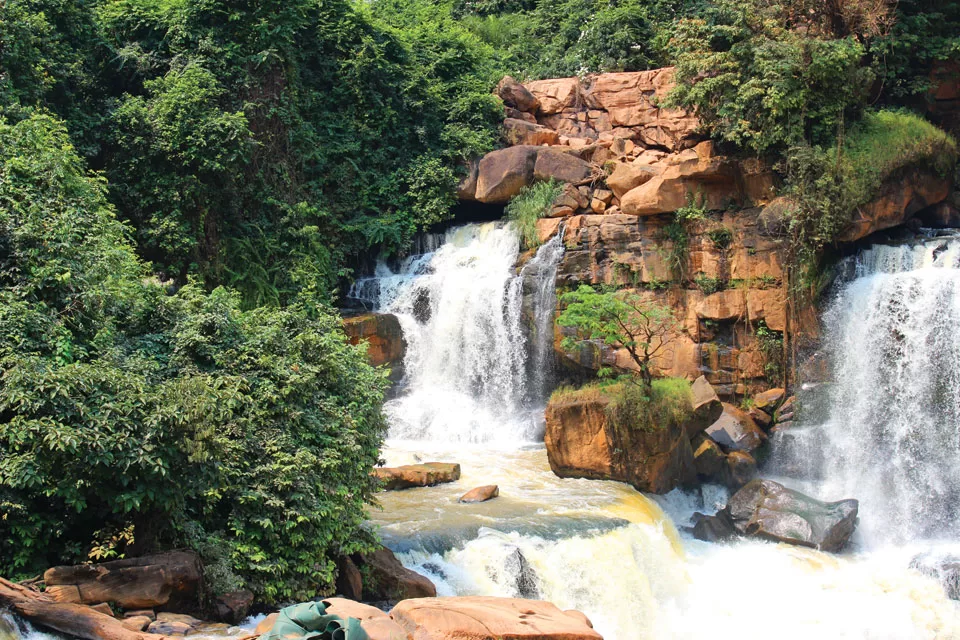
The Okapi (pronounced oh-COP-ee) is native to the Democratic Republic of the Congo in Central Africa. The okapi is also known as the “forest giraffe,” and the giraffe and the okapi are the only living members of the family Giraffidae. The species was first identified by scientists in 1901.
They are classified as endangered and are protected under Congolese law. The Okapi Wildlife Reserve and Maiko National Park support significant populations of the okapi, though a steady decline in numbers has occurred due to several threats.
Major threats include habitat loss due to logging and human settlement, and hunting for bushmeat and skin; illegal mining has also led to population declines. The Okapi Conservation Project, established in 1987, works towards the conservation of the species.
The Okapi Wildlife Reserve, about one-fifth of the Ituri Forest, was created with the help of the Okapi Wildlife Project in 1992. The project continues to support the reserve by training and equipping wildlife guards and by providing assistance to improve the lives of neighboring communities.
The Okapi Wildlife Reserve was added to the list of World Heritage Sites in 1996, and since 1997 it has been listed as a World Heritage Site in danger. In June 2012, the headquarters for the Okapi Wildlife Reserve was taken over by poachers, intent on retaliating against the staff who had been stopping their elephant poaching and mining operations. Six guards and other staff, as well as 14 okapis, were killed in the incident. The local village was looted and the conservation center was burned down.
The okapi has striped markings similar to zebras with chocolate to reddish brown color, which make the white stripes and white rings on legs and ankles stand out. The stripes on the rump and legs serve as an effective camouflage in the forest. Only the male okapi has horns, unlike the giraffe which possess horns on both the female and male species.
The average height of the okapi is 5 feet tall at the shoulder and over six feet at the head, with a body length of 8 feet.Their size is similar to the size of a horse. They weigh between 400 and 700 pounds, and have long necks. Like a giraffe, the okapi has very large ears, which catch even slight sounds, helping the animal to protect itself. Their tongue measures between 14 and 18 inches long and is used to wrap around the food they eat. They feed on tree leaves, buds, grasses, ferns, fruit and fungi.

A scent gland on each foot leaves behind a sticky, tar-like substance wherever they have walked, marking their territory. Okapis have a great sense of smell. By checking the ground, an okapi can tell if another okapi has been there. Males also mark their territory by urine spraying.
The okapi is primarily active during the afternoon and early evening hours and is a solitary animal coming together only to breed. Female okapis become sexually mature at about one-and-a-half years old, while males reach maturity after two years.
A female pregnancy is around 440 to 450 days long and usually a single calf is born. After birth they are kept in hiding and will nurse occasionally with the mother until the calf starts eating solid foods around three months. The infant can stand within 30 minutes of birth. A newborn is about 2.6 feet tall and weighs about 35 pounds. To avoid prey, the infants stay in their nest for the first six to nine weeks of their life, which is much longer than other species are known to do.
Horn development in males takes one year after birth. πThe okapi’s typical lifespan is 20 to 30 years.
The secretive nature of this species, and the difficulty in traveling in their habitat, have made okapis hard to observe in the wild. Therefore, researchers can only estimate that there are currently about 25,000 okapis in the wild.

